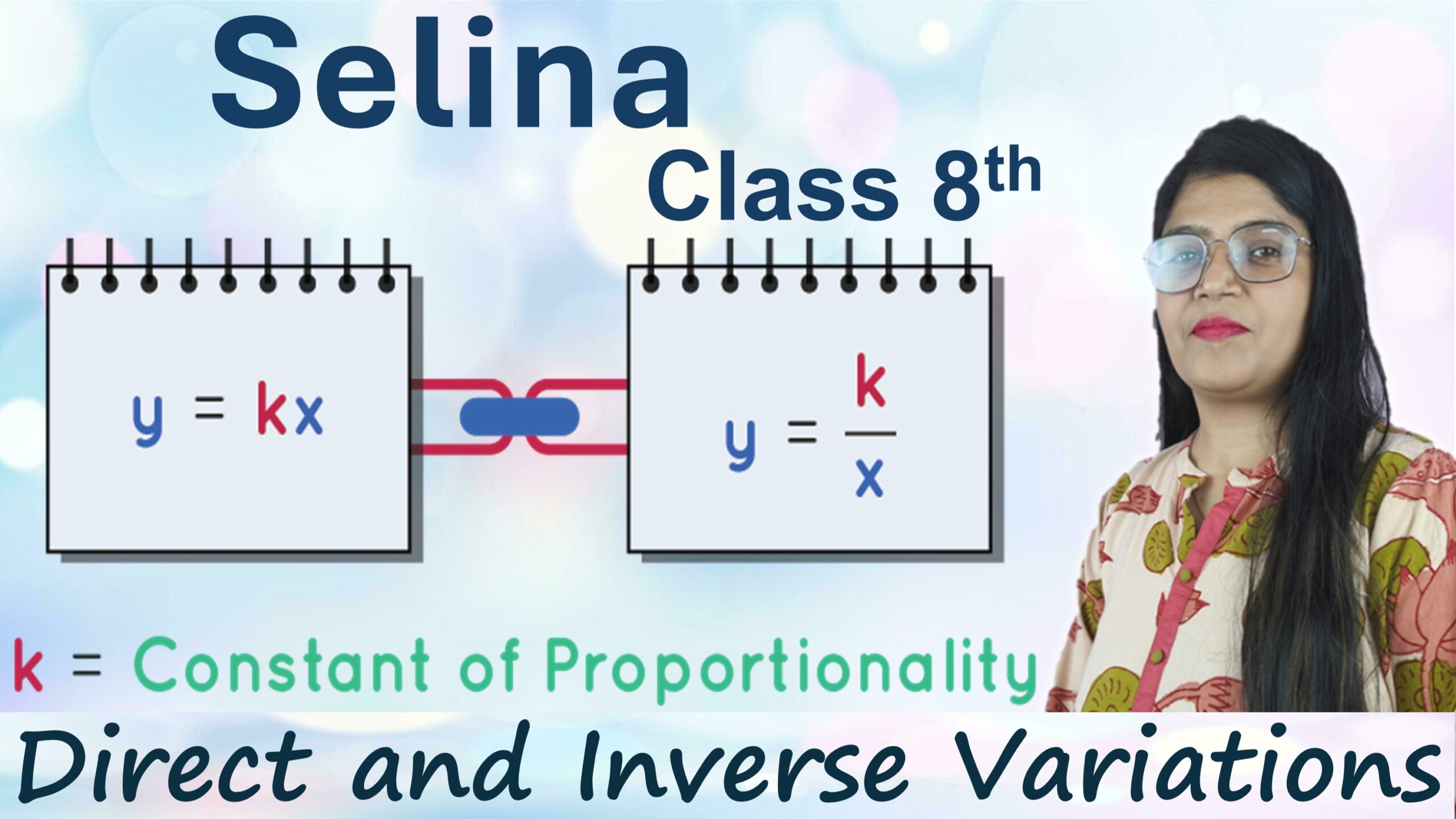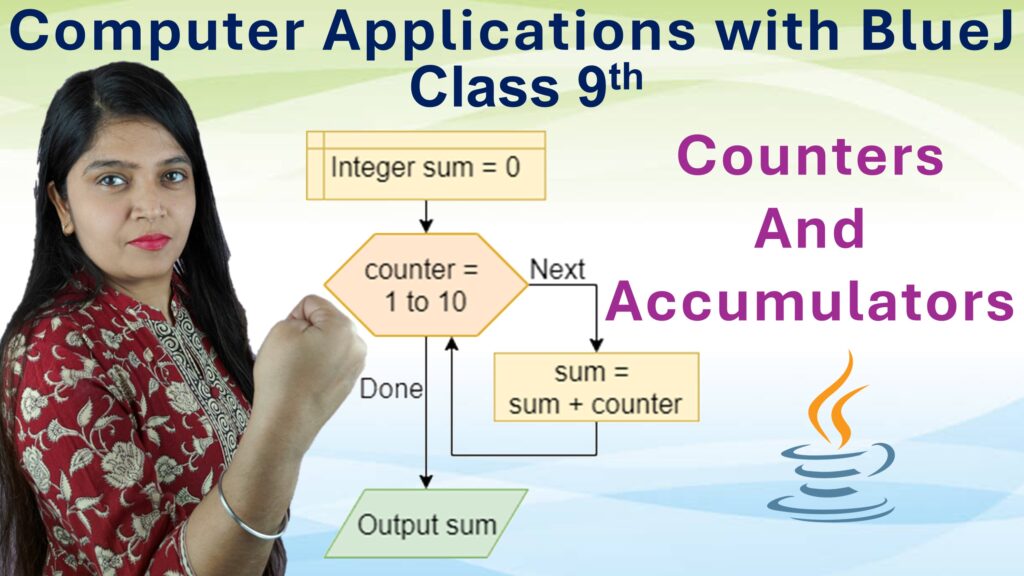Exercise: 10-A
Q1: Multiple Choice Type
i. The values of a and b from the table are:
x 3 5 b 8 y 18 a 90 48
Step 1: Check if x and y have a constant ratio (direct variation).
\[
\frac{y}{x} = \frac{18}{3} = 6,\quad \frac{a}{5} = 6 \Rightarrow a = 30 \\
\frac{y}{x} = \frac{90}{b} = 6 \Rightarrow b = \frac{90}{6} = 15
\]Answer: b. a = 30 and b = 15
ii. In 5 hours, a machine makes 45 screws. In 12 hours, the same machine will make:
Step 1: Use direct proportion: More hours ⇒ More screws
\[
\frac{\text{Screws}}{\text{Time}} = \frac{45}{5} = 9 \text{ screws/hour}
\]Step 2: Multiply rate by 12 hours:
\[
9 \times 12 = 108 \text{ screws}
\]Answer: d. 108 screws
iii. If the cost of 9 pens is ₹369, the cost of one dozen pens of the same make will be:
Step 1: Cost of 1 pen = ₹369 ÷ 9 = ₹41
Step 2: 1 dozen = 12 pens
\[
12 \times 41 = ₹492
\]Answer: d. ₹492
iv. If y varies directly to x and y = 80 when x = 400, find y when x = 25 is:
Step 1: Since y ∝ x, so \(\frac{y}{x} = \text{constant}\)
\[
\frac{y}{x} = \frac{80}{400} = \frac{1}{5}
\]Step 2: For x = 25:
\[
y = \frac{1}{5} \times 25 = 5
\]Answer: a. 5
v. A man working 48 hours per week earns ₹2,400. If he works for 36 hours per week, he will earn:
Step 1: Earning per hour = ₹2400 ÷ 48 = ₹50
Step 2: For 36 hours:
\[
36 \times 50 = ₹1800
\]Answer: c. ₹1,800
Q2: In which of the following tables, x and y vary directly
i.
x: 3 5 8 11 y: 4.5 7.5 12 16.5
Step 1: If x and y vary directly, then y/x should be constant.
=> y/x = 4.5/3 = 1.5
=> y/x = 7.5/5 = 1.5
=> y/x = 12/8 = 1.5
=> y/x = 16.5/11 = 1.5
All ratios are same ⇒ x and y vary directly.
Answer: Yes, they vary directly.
ii.
x: 16 30 40 56 y: 32 60 80 84
Step 1: Check y/x ratio:
=> 32/16 = 2
=> 60/30 = 2
=> 80/40 = 2
=> 84/56 = 1.5
Last ratio differs ⇒ Not directly proportional.
Answer: No, they do not vary directly.
iii.
x: 27 45 54 75 y: 81 180 216 225
Step 1: Check y/x ratio:
=> 81/27 = 3
=> 180/45 = 4
=> 216/54 = 4
=> 225/75 = 3
Ratios are not the same ⇒ Not directly proportional.
Answer: No, they do not vary directly.
Q3: If x and y vary directly, find the value of x, y and z:
x: 3 x y 10 y: 36 60 96 z
Step 1: Use the property of direct variation:
If x ∝ y ⇒ \(\frac{x_1}{y_1} = \frac{x_2}{y_2}\)
To find x:
\[
\frac{3}{36} = \frac{x}{60} \Rightarrow x = \frac{3 \times 60}{36} = \frac{180}{36} = 5
\]To find y:
\[
\frac{3}{36} = \frac{y}{96} \Rightarrow y = \frac{3 \times 96}{36} = \frac{288}{36} = 8
\]To find z:
\[
\frac{3}{36} = \frac{10}{z} \Rightarrow z = \frac{10 \times 36}{3} = \frac{360}{3} = 120
\]Answer: x = 5, y = 8, z = 120
Q4: A truck consumes 28 litres of diesel for moving through a distance of 448 km. How much distance will it cover in 64 litres of diesel?
Step 1: Distance per litre = Total distance ÷ Diesel used
= 448 ÷ 28 = 16 km per litre
Step 2: For 64 litres of diesel:
= 64 × 16 = 1024 km
Answer: 1024 km
Q5: For 100 km, a taxi charges ₹1,800. How much will it charge for a journey of 120 km?
Step 1: Charge per km = ₹1800 ÷ 100 = ₹18 per km
Step 2: For 120 km:
= ₹18 × 120 = ₹2,160
Answer: ₹2,160
Q6: If 27 identical articles cost ₹1,890, how many articles can be bought for ₹1,750?
Step 1: Cost of 1 article = ₹1890 ÷ 27
= ₹70 per article
Step 2: Number of articles that can be bought for ₹1750:
= ₹1750 ÷ ₹70 = 25 articles
Answer: 25 articles
Q7: 7 kg of rice costs ₹1,120. How much rice can be bought for ₹3,680?
Step 1: Cost of 1 kg of rice = ₹1120 ÷ 7
= ₹160 per kg
Step 2: Quantity of rice for ₹3680:
= ₹3680 ÷ ₹160 = 23 kg
Answer: 23 kg
Q8: 6 notebooks cost ₹156. Find the cost of 54 such notebooks.
Step 1: Cost of 1 notebook = ₹156 ÷ 6
= ₹26
Step 2: Cost of 54 notebooks = 54 × ₹26
= ₹1,404
Answer: ₹1,404
Q9: 22 men can dig a 27 m long trench in one day. How many men should be employed for digging 135 m long trench of the same type in one day?
Step 1: This is a case of direct proportion:
More length ⇒ More men needed (to complete in the same 1 day).
Step 2: Let number of men required = x
\[
\frac{22}{27} = \frac{x}{135}
\]Step 3: Cross-multiply:
\[
22 \times 135 = 27 \times x \\
2970 = 27x \\
x = \frac{2970}{27} = 110
\]Answer: 110 men
Q10: If the total weight of 11 identical articles is 77 kg, how many articles of the same type would weigh 224 kg?
Step 1: Weight of 1 article = 77 ÷ 11
= 7 kg
Step 2: Number of articles in 224 kg = 224 ÷ 7
= 32 articles
Answer: 32 articles
Q11: A train is moving with uniform speed of 120 km per hour.
i. How far will it travel in 36 minutes?
Step 1: Convert 36 minutes to hours:
36 minutes = 36 ÷ 60 = 0.6 hours
Step 2: Use formula: Distance = Speed × Time
= 120 × 0.6 = 72 km
Answer: 72 km
ii. In how much time will it cover 210 km?
Step 1: Use formula: Time = Distance ÷ Speed
= 210 ÷ 120 = 1.75 hours
Step 2: Convert decimal hours to hours and minutes:
0.75 hours = 0.75 × 60 = 45 minutes
So, 1.75 hours = 1 hour 45 minutes
Answer: 1 hour 45 minutes







Leave a Comment